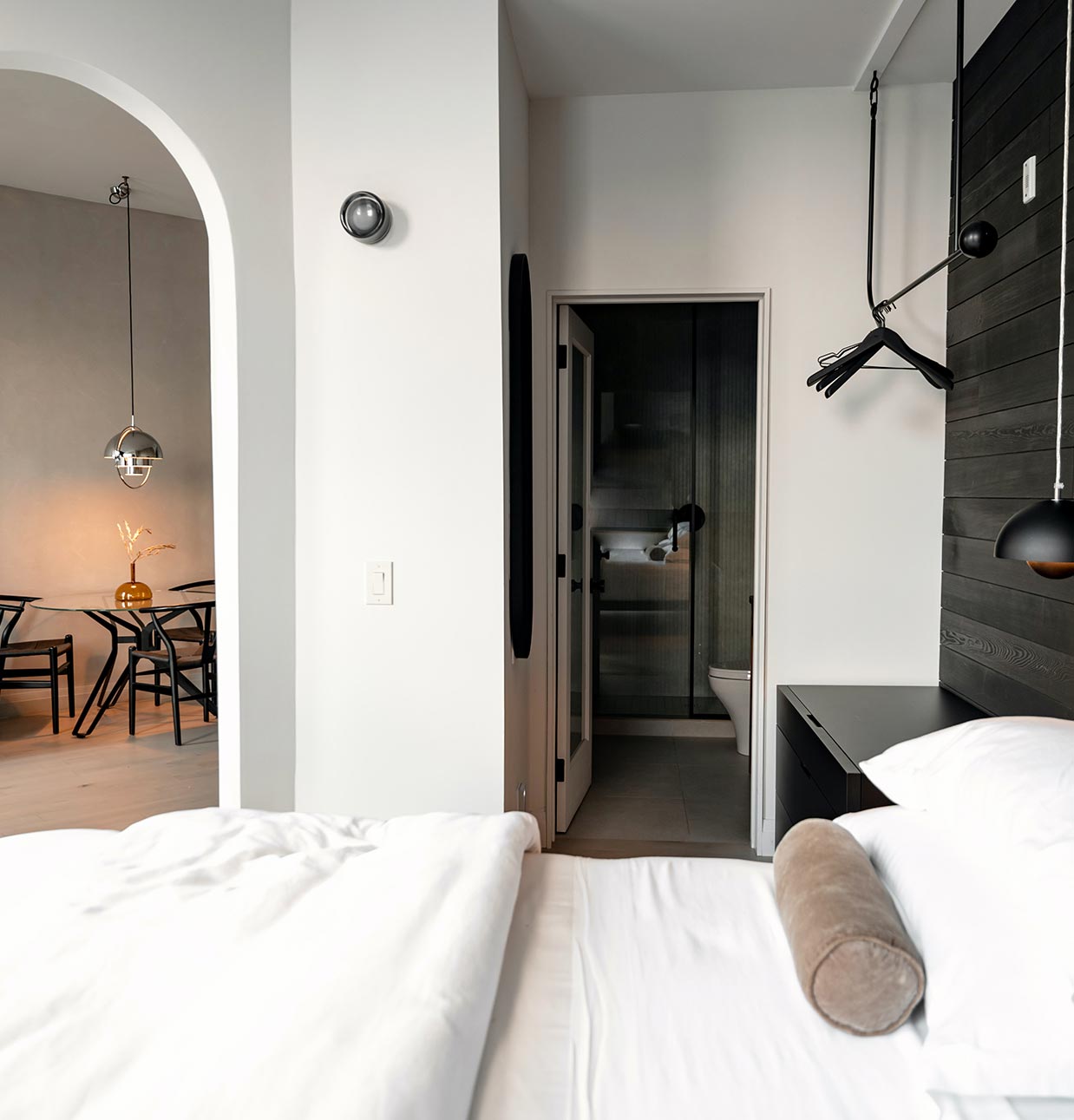Can LED screen indoor displays integrate with local event schedules for timely advertising?
Can LED screen indoor displays integrate with local event schedules for timely advertising?
Author
huanggs
Share
Author
huanggs
Share
In today’s fast-paced digital world, advertising requires precision, adaptability, and real-time updates. One of the most demanding aspects of modern marketing lies in tailoring messages to fit specific time slots, locations, and audiences. With the rapid advancements in technology, particularly in the advertising sector, LED screen indoor displays have emerged as a game-changer. They can effortlessly integrate with local event schedules, offering timely and relevant content to viewers.
The utilization of LED screens in advertising has seen a staggering rise over the past decade. In 2018 alone, the global LED display market was valued at approximately $5.2 billion, with projections indicating a growth to $14.2 billion by 2025. The reasons behind such growth are clear. LED screen technology offers unparalleled brightness, vibrant colors, and dynamic content capabilities that other traditional forms of advertising simply cannot match. Given these advantages, combining LED screens with local event schedules becomes not just a possibility but a necessity for efficient modern advertising.
Consider the scenario of a local sports arena. Many arenas host a variety of events, from basketball games to concerts. By integrating their LED displays with an event management system, ads can be tailored to suit the event and the demographics of the attending audience. For example, during a basketball game, the LED screens can showcase sports-related products or local sports gear shops. Meanwhile, for a concert, the screens might feature advertisements for nearby restaurants or ridesharing services. The ability to switch content in real-time to match event schedules creates a synergy that maximizes advertising revenue and audience engagement.
Integrating LED screens with event schedules is not a futuristic concept but a reality being implemented by companies worldwide today. Look at Times Square in New York City. This iconic hub is renowned for its massive LED displays, each carefully synchronized with events, holidays, and local happenings to create a cohesive and immersive advertising experience. Advertisers pay a premium—often hundreds of thousands of dollars—for shorter slots during prime events, recognizing the value of relevant and timely content delivery.
What about smaller venues or local communities? The principles remain the same. A local theater might use its LED display to notify passersby of showtimes or special promotions, but by integrating with their scheduling system, they can tweak these announcements to also include upcoming community events, holiday celebrations, or public service announcements. This capability not only boosts the theater’s engagement with its community but also provides advertisers with a targeted platform that reaches potential customers at the right time.
Interestingly, the process of integrating these systems isn’t as complicated as one might think. Many LED display providers offer software solutions that can sync with existing scheduling systems, whether it’s Outlook, Google Calendar, or specialized event management software. With just a few clicks, advertisers can schedule, modify, or even automate content delivery to match the venue’s calendar seamlessly. This ease of use tremendously boosts operational efficiency, allowing even small businesses to leverage the power of LED advertising without needing extensive technical know-how.
The benefits extend beyond just advertising, though. For event organizers, having a direct link between their schedules and display systems means improved communication with attendees. Imagine a conference where last-minute room changes or schedule updates can be instantly broadcasted around the venue via strategically placed LED screens. This immediate dissemination of information can enhance attendee satisfaction and reduce confusion, thereby elevating the overall event experience.
It’s worth noting that the cost of implementing such integrated systems has decreased significantly over the years. The price of LED technology has dropped by about 20% annually due to advancements in production and increased competition among manufacturers. This reduction in cost makes it feasible for even small businesses to utilize LED displays in their marketing strategies. Moreover, the return on investment (ROI) for these systems is often high, as timely and targeted advertising tends to boost sales and brand recognition more effectively than generic ads.
Having discussed the capability and advantages of these integrations, one might wonder about the environmental impact of such widespread LED usage. Fortunately, LED technology is known for its energy efficiency. Compared to traditional light sources, LEDs use around 75% less energy and can last up to 25 times longer, which not only reduces energy costs but also minimizes environmental footprint.
Incorporating these energy-efficient displays into an advertising strategy aligns with today’s sustainability goals, attracting environmentally-conscious consumers and potentially giving brands a competitive edge in this arena. The synergy between LED displays and local event schedules offers a dynamic platform that brings content, context, and consumer together in a meaningful way. By integrating these two powerful tools, businesses can elevate their advertising strategies, ensuring that messages are timely, relevant, and impactful. Every business, big or small, should consider the incredible potential of indoor LED screens.
For further information on LED screen indoor displays and their applications, you can check out led screen indoor. This integration not only enhances the experience for potential customers but also ensures that businesses remain at the forefront of the ever-evolving advertising industry.





